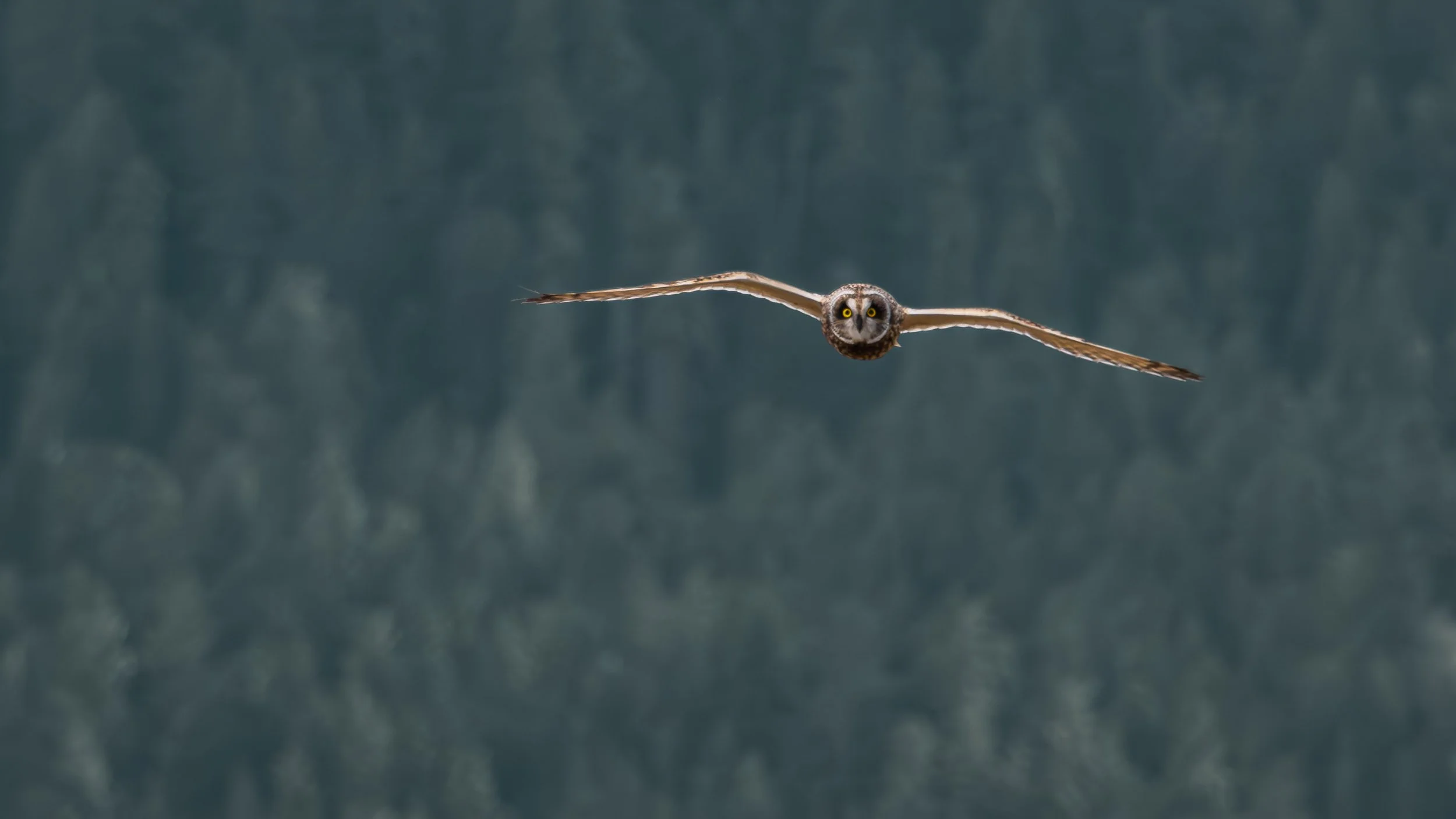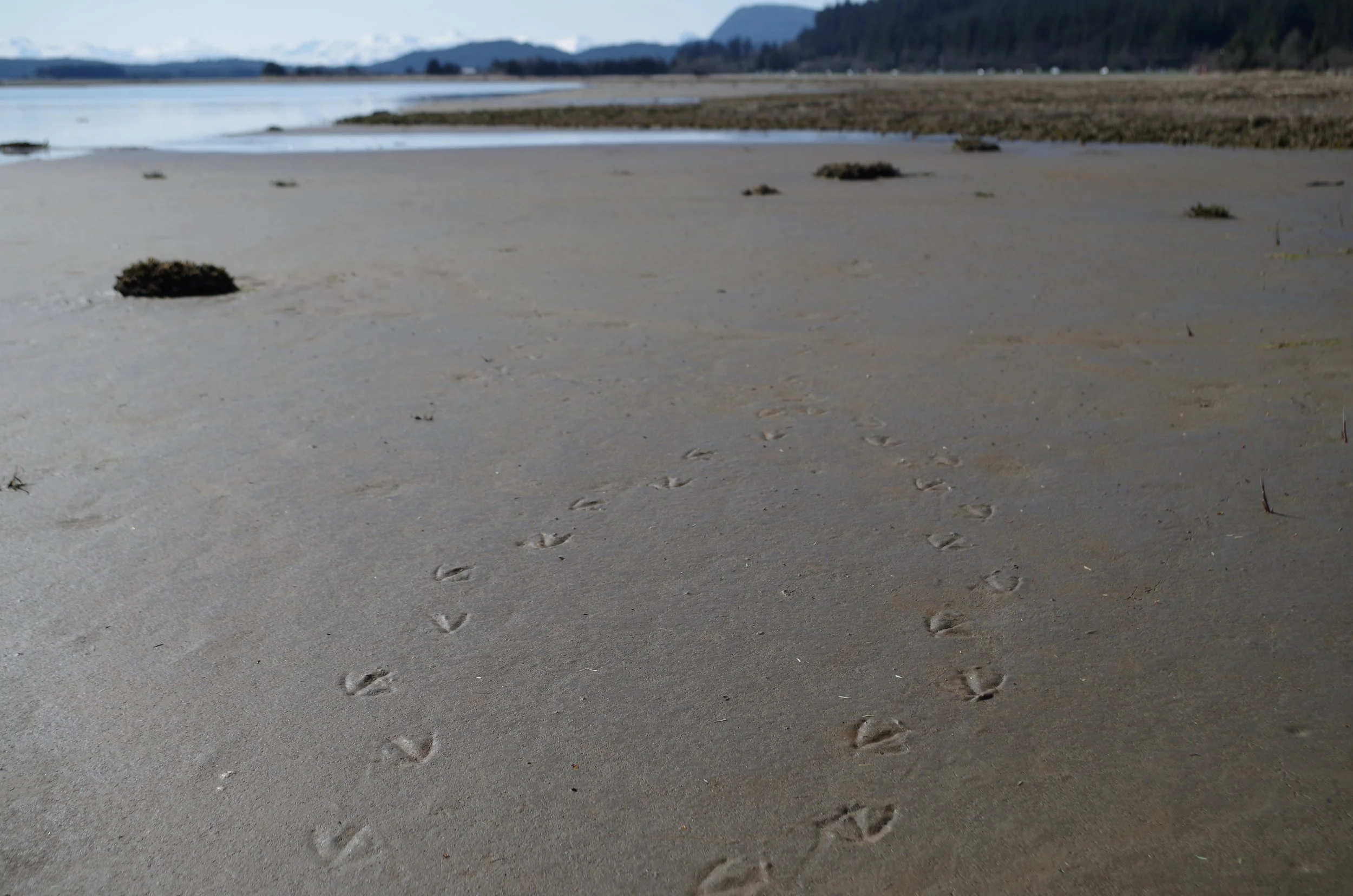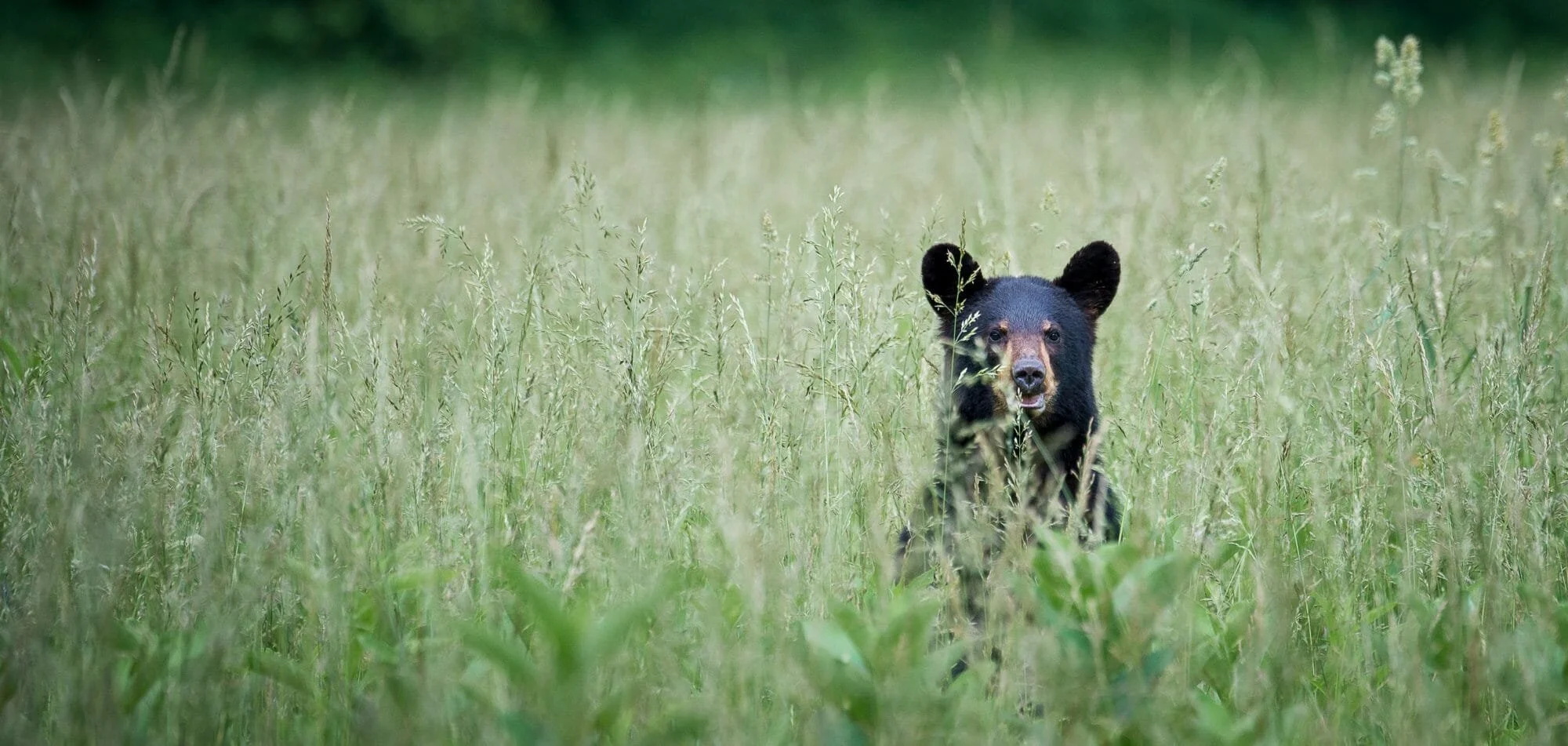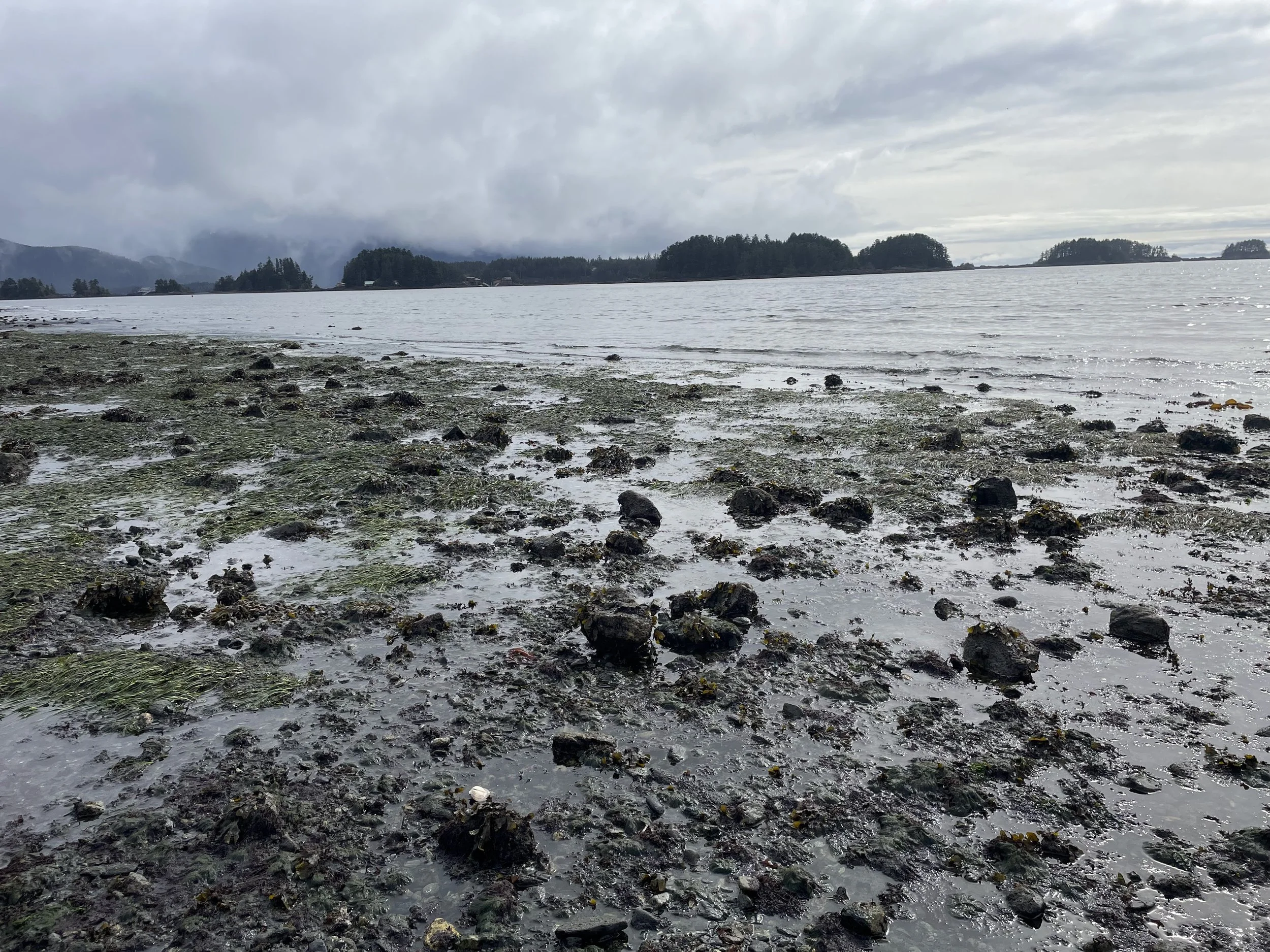
lOOKING FOR ANSWERS?
FREQUENTLY ASKED QUESTIONS
⸙ What is a land trust?
A land trust is a private, non-profit organization that permanently protects land and water through conservation easements and land acquisition.
Throughout the United States over 1,200 land trusts work with communities and landowners to protect beloved places. Since the establishment of the first land trust more than a century ago, 6.2 million acres (an area twice the size of Connecticut) have been permanently protected. This land includes invaluable wildlife habitat, farmland, wetland, urban parks, and trails.
Local and regional land trusts are uniquely structured non-profit charitable organizations with a mission to conserve land for its ecological, historical, scenic, recreational, and agricultural values. They accomplish this through a direct involvement in land transactions and management. Often the land trust accepts the donation of a conservation easement, but they can also purchase or accept donations of land, or manage land owned by others. In addition, a land trust also can serve landowners by advising them on how to best steward land they cherish.
A land trust provides many services and can tailor a strategy that meets the conservation and financial needs of the landowner. For example, the land trust might own the property or hold certain land use rights (such as development, timber harvest, and so on) through the donation of a conservation easement. Under some circumstances, the landowner might benefit from the reduction of federal and local taxes. After full or partial land rights are conveyed to a land trust, the organization immediately assumes the stewardship responsibilities of protected lands.
⸙ What is a conservation easement?
A conservation easement is a primary method by which a land trust provides long-term stewardship of private lands.
A conservation easement is a legal agreement between a landowner and a land trust that permanently limits certain uses of the land in order to protect its conservation values. It allows you to continue to own and use your land, and to sell it or pass it on to heirs. Future owners also will be bound by the easement’s terms. The land trust is responsible for making sure the easement’s terms are followed.
When you donate a conservation easement to a land trust, you give up some of the rights associated with the land. For example, you might give up the right to build additional structures, while retaining the right for sustainable timber harvest.
Conservation easements offer great flexibility. An easement on property containing rare wildlife habitat might prohibit any development, for example, while one on an old Alaskan homestead might allow continued farming or gardening and building additional support buildings. An easement may apply to just a portion of the property, and need not require public access.
A landowner sometimes sells a conservation easement, but usually easements are donated. If the donation benefits the public by permanently protecting important conservation resources and meets other federal tax code requirements, it can qualify as a tax-deductible charitable donation. The amount of the donation is the difference between the land’s value with the easement and its value without the easement. Placing an easement on your property may or may not result in property tax savings.
Perhaps most important, a conservation easement can be essential for passing land on to the next generation. By removing the land’s development potential, the easement lowers its market value, which in turn lowers estate tax. Whether the easement is donated during life or by will, it can make a critical difference in the heirs’ ability to keep the land intact.
⸙ Why does southeast Alaska need a land trust?
We who live in Southeast Alaska love this land!
We value ancient forests, salmon running the creeks, gifting nagoonberry jelly, foraging s’axt, and the sounds of the millions of birds who wing overhead. We value teaching our children to hunt, garden, and read the tides. In an increasingly modernized world, Southeast Alaskans retain an increasingly valuable relationship with the Earth around them.
Alaska has vast tracts of federally protected land, but we know from long experience that even federal protection isn’t always permanent. Policymakers very far from Alaska can dilute and override federal protections. Even the most thoughtful management plan can be damaged by politics. We are a private entity, and therefore not beholden to political pressures.
In the big-picture schema of climate change mitigation and community resilience, conserving private land is critical. Our friends, neighbors, and local communities keep power and responsibility. It’s especially critical to conserve land close to our homes, what is most accessible and most vulnerable.
⸙ Where does the southeast Alaska Land trust work?
Paradise, if you don’t mind it a bit wet.
Southeast Alaska refers to the narrow panhandle that stretches along the coast situated between the Pacific Ocean and Canada. We work with landowners and communities from the northern reaches of Yakutat to the southern border of British Columbia near Metlakatla.
⸙ how is SEALT funded?
The Southeast Alaska Land Trust is supported by private donors, who we call members. Your membership is crucial to our organization.
We also apply for grants from various governmental and non-governmental organizations and foundations. These grants primarily fund specific projects and go directly towards those projects.
⸙ WhO Runs SEALT?
The Southeast Alaska Land Trust is organized and run by a highly involved Alaskan Board of Directors who meet monthly. The Board governs the organization and is ultimately responsible for major decisions.
Our small staff conducts the day-to-day operations and functioning responsibilities. Say hi to us here!
⸙ Does the Land trust benefit financially from a conservation easement?
No. We actually incur costs, in conducting periodic site monitoring visits and follow-up reporting. To cover these costs, SEALT has a stewardship endowment fund. Usually it is the easement donor who makes the contribution towards the stewardship fund, but private donors also make an impact.
⸙ How do landowners benefit?
Landowners work with us to ensure that some vital natural values of their land remains in place for the benefit of people and wildlife. These people seek the peace of mind and land protection that the Trust can provide. However, many also benefit from tax deductions and the resolution of financial and estate planning issues. Because Southeast Alaska Land Trust is an IRS-qualified charitable organization, people who engage in contributions, whether a bargain sale or a form of land donation, become eligible for tax deductions based on the value of the donation. In this way Southeast Alaska Land Trust provides a very valuable financial service for landowners.
⸙ Does a conservation easement grant public access to land?
Not necessarily.
Public access is not required by Southeast Alaska Land Trust as a condition of accepting a conservation easement. Typically the land continues to be managed or otherwise used exclusively by the donor with no public access.
In some cases, if specified by the donors, the lands could be open for public recreation, or could serve as laboratories and educational sites for public and private schools.
There are an array of options depending on the wishes of the landowner and the characteristics of the land. The land trust visits each easement property annually as a part of its stewardship function.
⸙ Does an easement restrict a landowner’s ability to sell, develop, or bequeath land in the future?
Land protected by a conservation easement may be sold, bequeathed or otherwise transferred at any time.
An easement may apply only to certain portions of a property, preserving open or wooded areas, for example, while permitting development of the remainder.
In other cases an easement covering an entire parcel might allow some very limited development to occur.
Transfer of ownership will not affect the integrity or enforce-ability of the easement.
Restrictions defined in the recorded conservation easement run with the title to the property, providing landowners an effective means of perpetuating conservation stewardship.
⸙ how are easements enforced?
By receiving a conservation easement, SEALT takes on the permanent responsibility and legal right to enforce the terms of the easement. When an easement is created, we prepare a baseline inventory of its conservation values i to assist in future monitoring.
Visits are made annually to ensure that terms and conditions of the easement are being honored. If a violation is discovered, the landowner is notified in accordance with the procedures outlined in the easement.
The easement also defines the process to be followed to resolve disputes regarding an alleged violation. If necessary, the land trust is entitled to take legal action to fulfill the conditions of the easement.
⸙ What are the financial benefits of a conservation easement?
Income taxes
An easement classifies as a charitable gift, and so many provide federal income tax benefits. To qualify as a tax-deductible gift, a conservation easement must be granted into perpetuity to a recognized charitable organization such as the Southeast Alaska Land Trust. To be deductible, an easement must provide for the protection of conservation resources that provide significant public benefit such as, preservation of open space, natural habitat, historic sites, scenic landscapes, and areas for public education or recreation. The value of the gift, determined by a formal appraisal, is the difference between the fair market value of the land with and without the easement.
Estate Taxes
Federal estate taxes on unrestricted land, sometimes as high as 55%, can make it impossible for heirs to retain, forcing them to sell some or all of the land just to pay the taxes. Because a conservation easement reduces the fair market value of the property by reducing its development potential, inheritance taxes are also reduced. A conservation easement becomes a valuable tool enabling heirs to accept property that they otherwise might have been forced to sell.
Property Taxes
Placing an easement on your property may also result in local property tax savings. City and borough tax stipulations can vary throughout the state and a qualified advisor should be consulted on the local practices.













